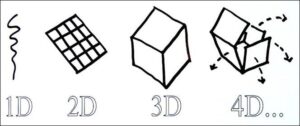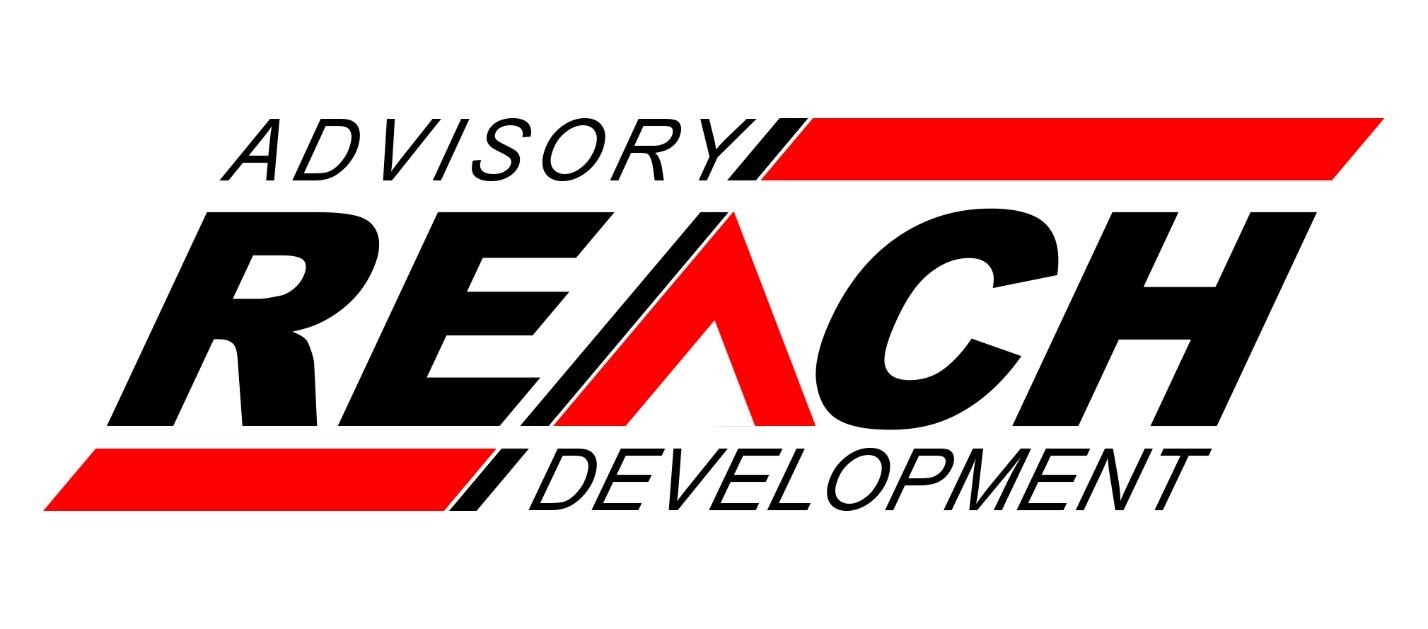 Does this scenario sound familiar to you?
Does this scenario sound familiar to you?The manager of the group stops by to talk with one of their employees. “I’ve got an important project for you to work on. I need you to think through Situation X and come back to me with a solution.”
The employee works the project. They meet with subject matter experts, stakeholders, and potential suppliers. They develop three different solutions with full timelines and ROI analyses. They come back and present their analysis and recommendation to the manager.
The employee thinks they did great work and is excited for the next steps. But the manager is disappointed, “Thanks for working on this project. Unfortunately, I think these solutions miss the mark. What I really wanted was for you to do XYZ and make it happen.”
The employee was frustrated. The manager was disappointed.
The problem wasn’t that the employee had done bad work. The problem was that the manager did not understand what they wanted and communicate it clearly to the employee.
One way to fix this problem is what I call the 4D Management Model. Before any work is started, the manager and employee need to be on the same page – is this a project we Discuss, Direct, Delegate, or Decide?
Discuss – You are looking for opinions and expertise. At this point you don’t know what you want. You need ideas, particularly new ideas.
Direct – You already have the project framed out in your head. You want to communicate the guidelines to the employee and they get it done. You need to be kept in the loop so that you can guide and make adjustments along the way.
Delegate – You want the employee to take the ball and run, and you both agree that the employee has the skills and resources they need. You only want to hear about the project when it is done or if something goes wrong.
Decide – The employee needs a decision from the manager in order to have the support of the organization to make it happen. In many cases, the manager’s decision provides cover for their employee.
The key thing is that the manager and the employee need to be clear about which “D” is driving the request. For example, if the employee thinks they are being asked to “Discuss” a project when in fact the manager is in “Delegate” mode – get ready for trouble. The employee will be brainstorming “out of the box” ideas while the manager wants to get the project underway.
Conversely, the employee might assume that their manager has just “Delegated” the project to them and is ready to get going. Trouble again arises if the manager was actually expecting a more collaborative “Discussion” which would present alternative options. The result is that both the employee and the manager feel stymied.
The 4D Management Model is a simple and effective way to improve the performance and production of managers and employees. Managers should use 4D before they make an assignment to help them understand what they want accomplished and communicate it effectively to employees. Employees should use 4D as a way to make sure they are working on the right things and delivering the best results. Give it a try.
